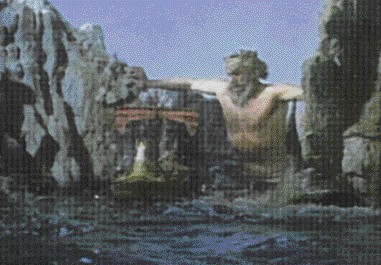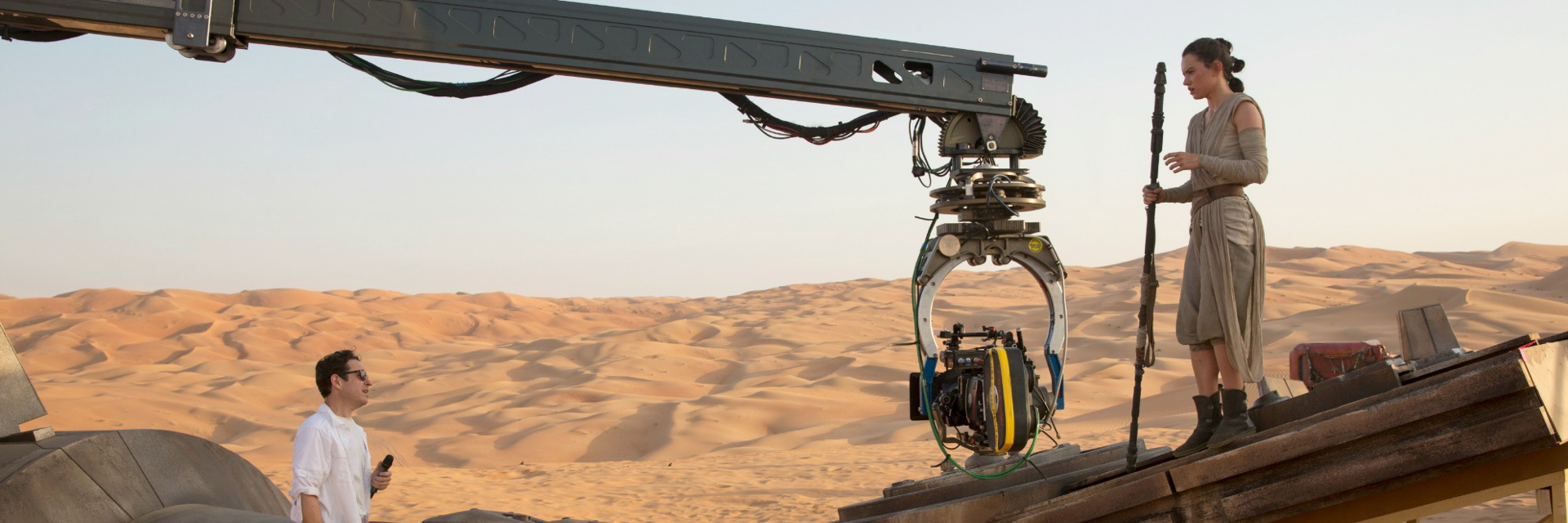There are probably very few visual effects artists other than Ray Harryhausen — I can’t think of any off the top of my head — who are remembered far better than the directors as the driving force behind the movies on which they worked. And few who are directly credited for inspiring so many filmmakers to get into the business.
 Sony’s new HiDef Blu-ray edition of Harryhausen’s 1963 classic “Jason and the Argonauts” ($24.95) — the story of a fearless sailor who returns to his kingdom to recover the Golden Fleece and claim his place on the throne with the help of the Queen of the Gods Hera (Honor Blackman, who was then co-star on TV’s “The Avengers” and would portray Pussy Galore in the James Bond movie “Goldfinger” a year later) not only showcases the film in its best light ever, it also offers several bonus features in which filmmakers pay tribute to the impact Harryhausen had on their careers.
Sony’s new HiDef Blu-ray edition of Harryhausen’s 1963 classic “Jason and the Argonauts” ($24.95) — the story of a fearless sailor who returns to his kingdom to recover the Golden Fleece and claim his place on the throne with the help of the Queen of the Gods Hera (Honor Blackman, who was then co-star on TV’s “The Avengers” and would portray Pussy Galore in the James Bond movie “Goldfinger” a year later) not only showcases the film in its best light ever, it also offers several bonus features in which filmmakers pay tribute to the impact Harryhausen had on their careers.
 This is the movie best remembered for Jason’s fight against the seven-headed Hydra snake-like creature and the groundbreaking battle between the title characters and sword-wielding skeletons, the latter of which doesn’t happen until the final six minutes of the movie. (What’s not remembered as often is that the score is by legendary composer Bernard Herrmann — “North by Northwest,” “Psycho,” “Citizen Kane,” etc.)
This is the movie best remembered for Jason’s fight against the seven-headed Hydra snake-like creature and the groundbreaking battle between the title characters and sword-wielding skeletons, the latter of which doesn’t happen until the final six minutes of the movie. (What’s not remembered as often is that the score is by legendary composer Bernard Herrmann — “North by Northwest,” “Psycho,” “Citizen Kane,” etc.)
The new HiDef transfer offers a very clean and vivid image and colors, though, as with all movies of the era, there is no way to completely mask the obvious superimposed effects shots, the affected color of some models and sets, or the cheesey shots of the gods looking down on their human puppets through a smoke-rimmed reflecting pool. Of course the techniques employed and perfected by Harryhausen — stop-motion animation and rear-screen projection — appear very primitive to audiences raised on CGI and green screen photography, as do all pre-CGI movies. And many of the relatively low-budget productions of everything from “20 Million Miles to Earth” in 1957 and “The 7th Voyage of Sinbad” in 1958 to “Clash of the Titans” in 1981, even featured obvious stock footage in some scenes as a cost-saving strategy.
Nonetheless, these films were often the introduction to the wonderous potential of moviemaking as well as Greek mythology to imaginative young boys such as John Landis and Peter Jackson, who made repeated visits to their local movie complexes in Los Angeles and New Zealand to wallow in these cinematic presentations of magic.
In an interview from some years ago, Landis (“Animal House,” “Thriller,” “The Blues Brothers,” “An American Werewolf in London”) spends aout 10-minutes talking to Harryhausen, who turned 90 last month, about “Jason,” his craft and career. Although the production seems somewhat clunky and amateurish, what comes through is the awe of Landis for Harryhausen, who heaps praise on the legend not only for the effects but also for the casting and acting in “Jason,” including what he feels was the best portrayal of Hercules (it’s not clear just how much control Harryhausen had on any of these decisions as compared with director Don Chaffey).
In his audio commentary with visual effects artists Randall William Cook (“The Thing,” “Lord of the Rings”), Peter Jackson (“King Kong,” “Lord of the Rings”) points out intricate techniques Harryhausen used to accomplish tasks such as the wires and frame-by-frame matching coordination needed to pull off scenes such as animated flying creatures attacking and unrolling the cloak of a live actor as he rolled on the ground.
Harryhausen offers his own description of such scenes on a separate audio track with film historian Tony Dalton, the latter of whom points out Harryhausen going the extra step in scenes such as as the skeleton battle when he took pains to show a skeleton jumping over a fallen human body rather than taking the easier route in having the skeleton walk around the body. Harryhausen offers fascinating anecdotes such as noting a scene that was deleted in which the beheaded skeleton was shown looking for his head (it interrupted the flow of the scene).
 Between the commentaries and the bonus interviews, there are many more revelations, such as the reason an actor was used to play Neptune instead of a model (water is too difficult to use with tiny models since the drops seem enormous, in addition to the lack of control) and the reason that actor was chosen as Neptune — his arms were long enough to reach over the model of the argonauts’ boat. Harryhausen also defends criticism of the jerky movements of the giant bronze statue with the vulnerable heel, which he says was by design because the statue was supposed to have difficulty moving his creaky metal body parts.
Between the commentaries and the bonus interviews, there are many more revelations, such as the reason an actor was used to play Neptune instead of a model (water is too difficult to use with tiny models since the drops seem enormous, in addition to the lack of control) and the reason that actor was chosen as Neptune — his arms were long enough to reach over the model of the argonauts’ boat. Harryhausen also defends criticism of the jerky movements of the giant bronze statue with the vulnerable heel, which he says was by design because the statue was supposed to have difficulty moving his creaky metal body parts.
As is mentioned in tributes, one of Harryhausen’s gifts and skills was in bringing a real sense of emotion to these animated characters who had limited or non-existent facial expressions — his careful and specific movements of their appendages and bodies amazingly conveyed pain, anger, sorrow, and much more.
Another new featurette, “The Harryhausen Legacy,” and a terrific 1997 Richard Schickel hourlong TV profile marrated by Leonard Nimoy,” offer more interviews with the likes of George Lucas and in-depth summaries of the work and influence of Harryhausen.
— By Scott Hettrick
